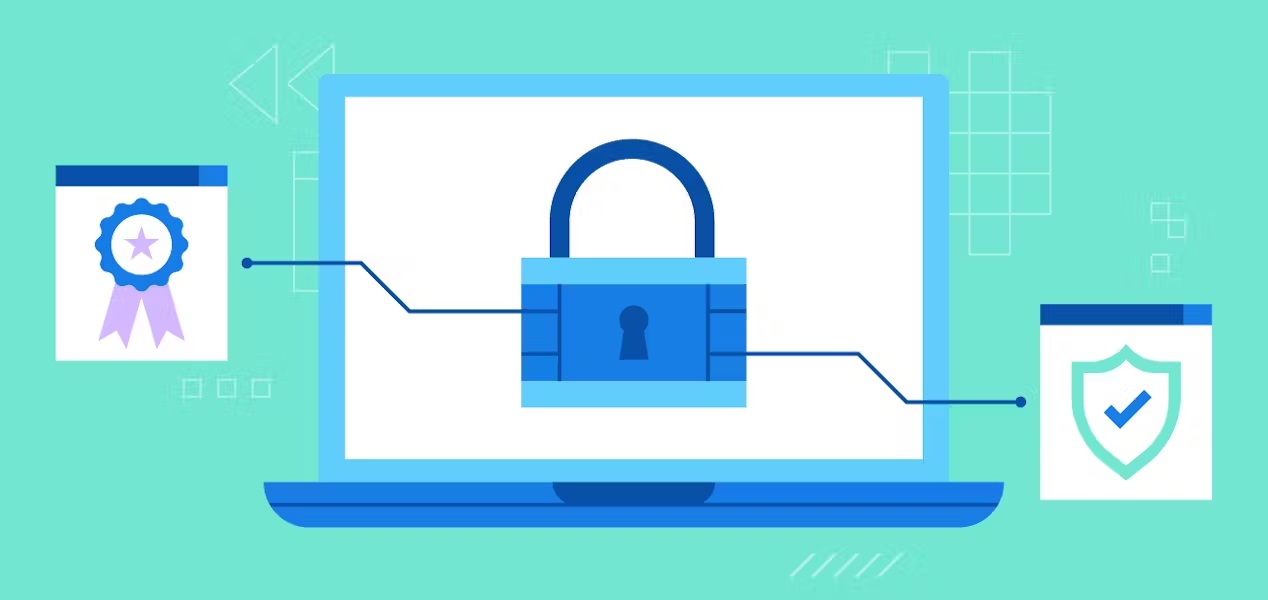
Key Takeaways
- Data security’s importance in today’s digital landscape
- Common threats and vulnerabilities faced by businesses
- Best practices for implementing robust data security measures
- The role of advanced technologies in enhancing data security
- Regulatory Compliance Requirements and Their Impact on Data Security
The Increasing Importance of Data Security
Data security is becoming a primary concern for businesses across all industries in this digital age. With the rapid growth of online activities, companies deal with an unparalleled volume of cyber threats. From small startups to Fortune 500 enterprises, data breaches can have severe repercussions, including financial losses and reputational damage. Implementing robust data security solutions is crucial for safeguarding sensitive information and maintaining business continuity.
The impending financial impact highlights businesses’ need to proactively address their security vulnerabilities to protect their digital assets long-term.
Common Data Security Threats
Businesses encounter a variety of threats that target their data integrity and confidentiality. These threats include, but are not limited to:
- Phishing Attacks are deceptive attacks aimed at acquiring sensitive information. They often involve masquerading as a trustworthy entity in electronic communications to trick individuals into revealing private data, such as credit card numbers and passwords. These attacks can be devastating and are increasingly sophisticated.
- Ransomware: Malware intended to prevent access to data until a ransom is paid. Ransomware attacks can cripple businesses by restricting access to critical systems and data, often requiring extensive recoveries and leading to significant financial losses if the ransom is paid.
- Insider Threats: Risks posed by employees or other insiders with corporate data access. These threats can be malicious or accidental, but they underscore the necessity for robust internal controls and vigilant monitoring of privileged access to prevent data leaks and unauthorized access.
Best Practices for Data Security
Ensuring robust data security requires a dedicated and multifaceted approach. Businesses should consider implementing the following practices:
- Regular Updates and Patch Management: Keeping software and systems up to date to mitigate vulnerabilities. Cybercriminals often exploit outdated software to launch attacks. By regularly updating systems and applying patches, businesses can close gaps and fortify their defenses against these exploitations.
- Strong Password Policies: Enforce complex passwords and regular password changes. A robust and one-of-a-kind password is an essential barrier against unauthorized access. Encouraging employees to use password managers and enabling multi-factor authentication can enhance security.
- Data Encryption: Employing encryption protocols to protect sensitive information. Encrypted data is transformed into incomprehensible code that can only be read using the correct decryption key, making stolen data significantly more difficult to exploit.
- Employee Training: Educating staff about the latest cyber threats and safe practices. Continuous awareness programs and training sessions ensure employees detect security issues and take relevant action, reducing human vulnerabilities.
- Regular Audits and Monitoring: Conducting frequent audits to identify and address potential security gaps. Systematic audits and 24/7 monitoring help organizations detect suspicious activities early, providing opportunities to mitigate threats before they escalate.
The Role of Advanced Technologies
Advanced technologies play a crucial role in fortifying data security. Artificial Intelligence (AI) and Machine Learning (ML) are increasingly being adopted to predict, detect, and mitigate cyber threats. These technologies enable businesses to spot trends and deviations that could point to a security compromise, allowing faster and more effective responses.
AI and ML are expected to redefine cybersecurity by providing more proactive threat detection and response capabilities. By leveraging these advanced technologies, businesses can stay ahead of cybercriminals and better protect their data. Adopting AI and ML enhances analytical capabilities and contributes to automating responses to detected threats, thereby reducing the response time and minimizing potential damage.
Regulatory Compliance and Data Security
Regulations such as GDPR, HIPAA, and CCPA require businesses to uphold stringent data protection standards. Compliance with these regulations protects sensitive information and helps avoid substantial fines and legal repercussions. Organizations must stay informed about the latest regulatory updates and integrate compliance into their data security strategies.
Adhering to these compliance requirements often involves:
- Implementing comprehensive data protection controls.
- Maintaining transparent data handling practices.
- Ensuring that proper consent is acquired for data processing activities.
Regulatory compliance also promotes trust and reliability among clients, partners, and stakeholders, essential for long-term business success.
The Future of Data Security
Looking ahead, it is clear that data security will keep changing. With the increasing sophistication of cyber-attacks, businesses must stay proactive by adopting new security technologies, continuously training employees, and keeping up with regulatory changes. Ensuring a culture of security awareness where data protection is prioritized at every level of the organization will be vital in mitigating risks and protecting invaluable data assets effectively.
Future advancements in data security include more robust encryption algorithms, more refined access controls, and enhanced anomaly detection systems powered by AI. Continuous investment in research and development, coupled with global collaboration among cybersecurity experts, will be instrumental in upholding the integrity and security of digital ecosystems worldwide.
Conclusion
Data security is a cornerstone of successful operations in today’s rapidly evolving business landscape. Companies must recognize that creating a secure digital environment goes beyond implementing essential safeguards. To foster trust and support sustained growth, organizations must deeply understand the multifaceted nature of cyber threats and continually adapt to emerging risks.
The first step toward bolstering data security involves a comprehensive understanding of potential threats. Companies should conduct thorough assessments to identify vulnerabilities and prioritize protecting sensitive information. Additionally, implementing best practices such as encryption, access control, and regular security audits is essential in fortifying the digital infrastructure.
Utilizing cutting-edge technology is essential to staying ahead of cyber threats. AI-driven threat detection, blockchain for secure transactions, and multi-factor authentication can significantly enhance a company’s defense against evolving security risks.
Furthermore, compliance with data protection regulations is non-negotiable. Respecting GDPR, HIPAA, or other industry-specific regulations mitigates legal risks and instills a culture of respect for customer privacy and data integrity.
Since cyber threats are constantly changing, it is crucial to maintain a high level of vigilance and adaptability. Companies must be prepared to respond swiftly to new threats through ongoing monitoring, incident response planning, and regular security training for employees.
The journey toward data security is dynamic and ongoing, demanding constant innovation and unwavering commitment. Safeguarding the ever-growing expanse of digital data requires a holistic approach that integrates the latest technologies, best practices, and a security-conscious culture across all levels of the organization.






